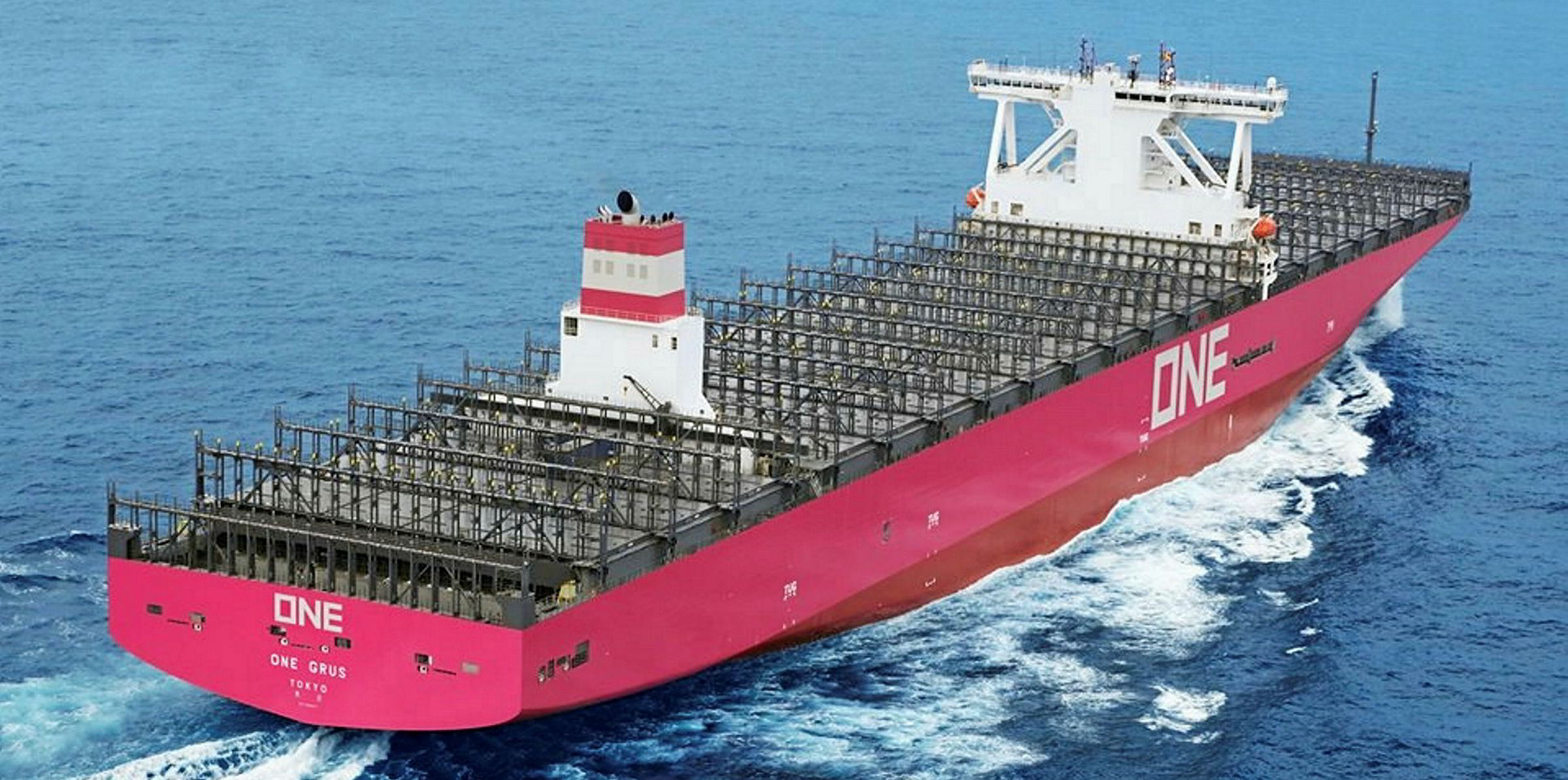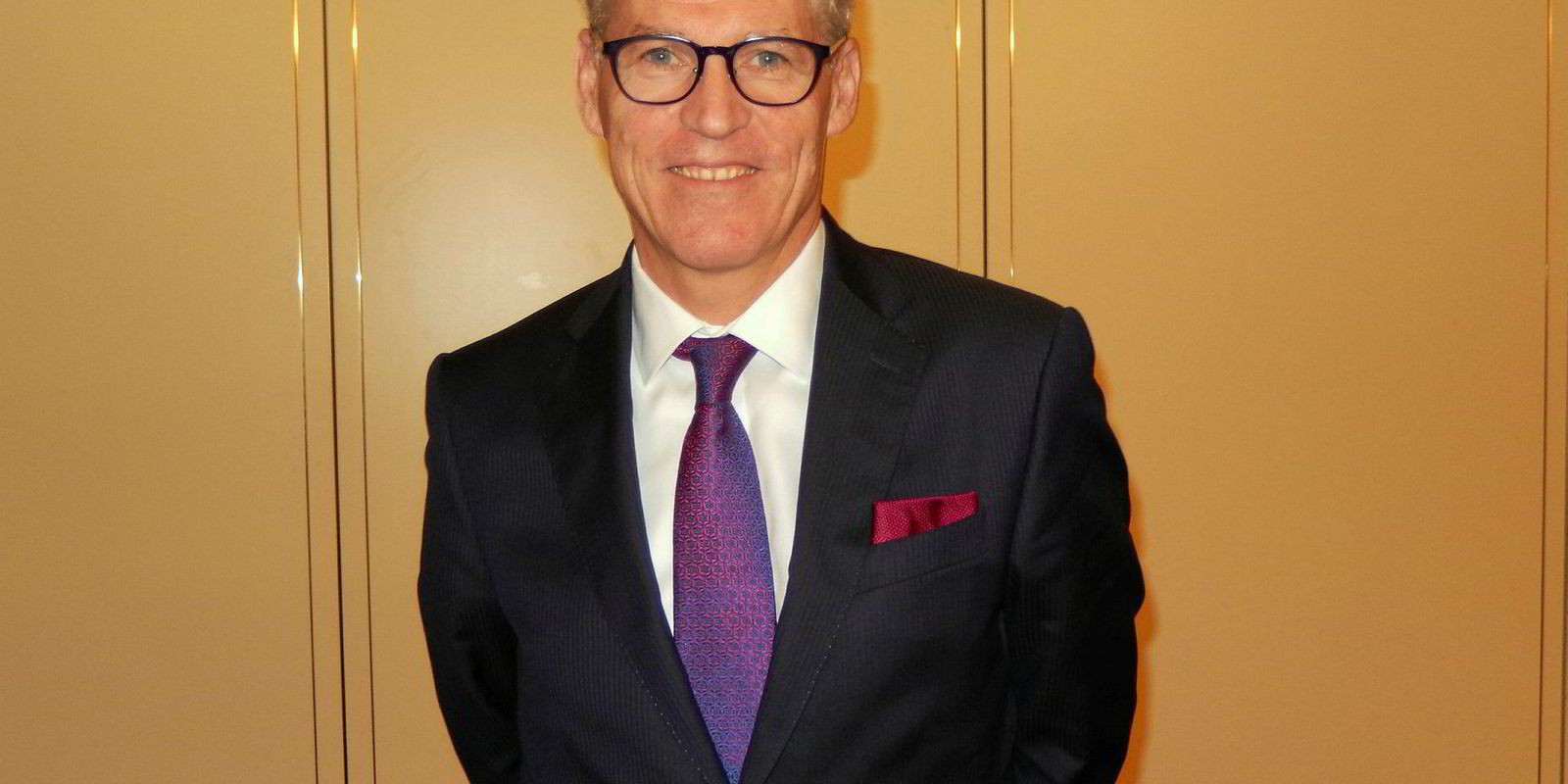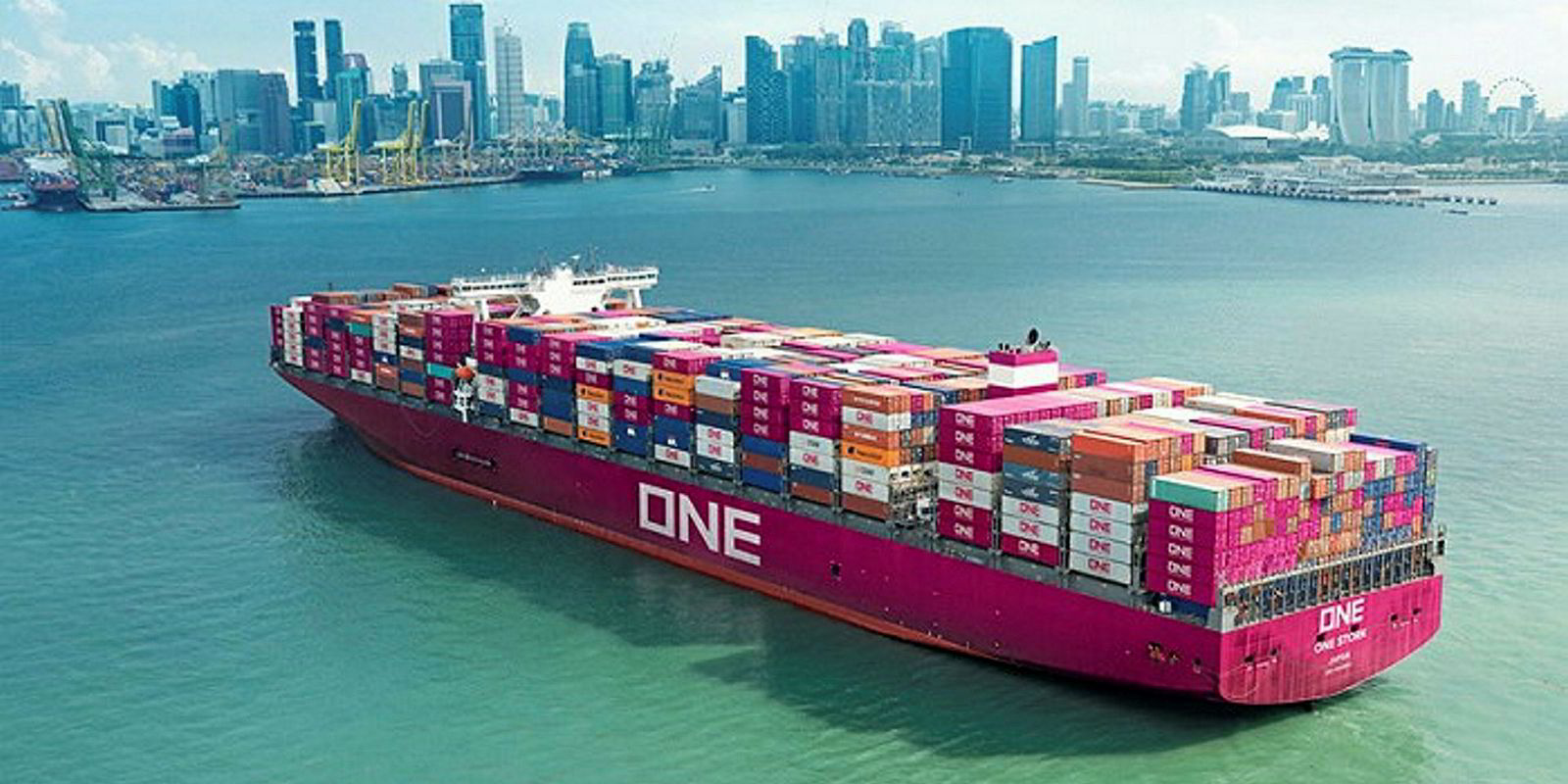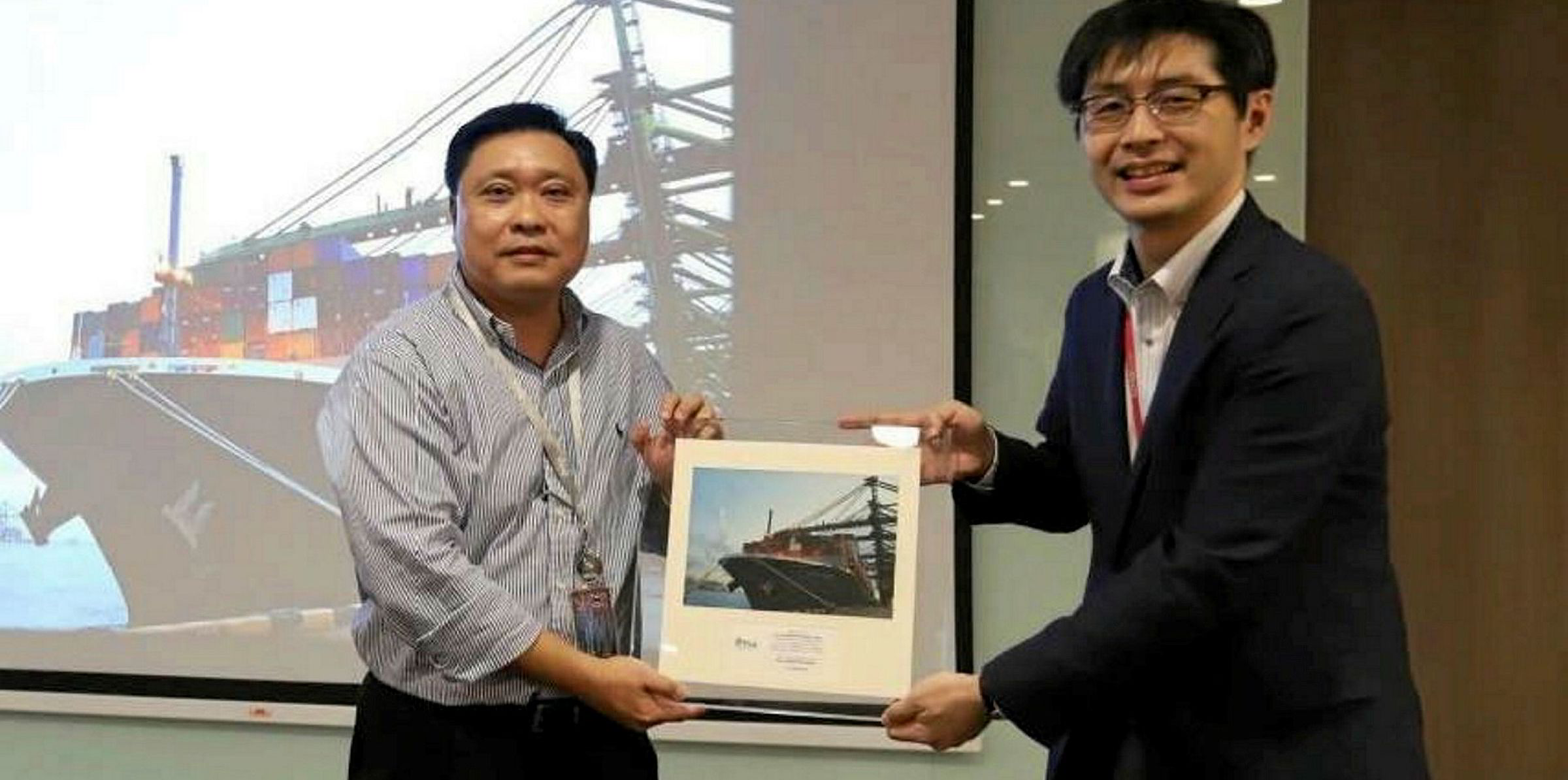Having largely overcome the teething problems at its inception, Ocean Network Express (ONE) now faces the prospect of slowing container demand, according to a leading industry analyst.
“Even as execution challenges end for ONE, an earnings recovery may be muted,” said Bloomberg senior transport industry analyst Rahul Kapoor.
“We expect margin gains to be gradual at best and nominal profitability in the year ending March, driven by higher operating leverage and economies of scale.”
More weakening in global factory activity, as signaled by slumping global PMIs, is expected to pose “significant downside risk” to container demand growth in 2019, according to Kapoor.
Escalating trade tensions will hurt ONE’s volume and fleet utilization, with the transpacific trade accounting for 47% of its revenue mix.
“ONE’s profitability is critical for sustainable earnings recovery at Japanese shipowners NYK, Mitsui OSK Lines (MOL) and K Line,” said Kapoor.
Teething troubles forced ONE to post full-year loss of $586m, a sharp reversal from its earlier expectation of $110m profit at the start of the merger.
For the financial year ending March 2020, ONE expects to report an $85m profit, which Kapoor describes as an “optimistic forecast”.
ONE is expected to suffer as one-off positive effects from tariff-led front-loading and stronger freight rates fade away.
It is the sixth largest container liner – with a combined capacity of about 1.55mteu and market share of 6.7% – giving it scale to compete as consolidation in the industry continues.
“ONE has significant exposure to the Asia-US route, and US container-demand is set to witness severe deterioration,” said Kapoor.
“If the next round of tariffs are enacted, US import growth may stall and even contract in the second half, given the list of US imports includes the biggest items by container trade.”
Overall demand in 2019 may contract amid rising tariffs, weakening US demand and declining European and Intra-Asia growth, said Kapoor.
Global container volume rose just 0.5% in the first quarter of 2019, the lowest since 2015, as Asia-North America slowed the most in three years to 2%, a trend likely to worsen if there’s no resolution to the trade dispute.
However, despite the near-term challenges from slowing growth, ONE could make more than $300m operating profit in a bull-case scenario, says Kapoor.
“ONE’s operating margin could reach 3% by the end of March 2021 on substantial operating leverage, as revenue growth rebounds and 2018 market-share loss gradually reverses,” he said.
The three-way merger of NYK, MOL and K Line’s container business almost tripled their revenue-generating ability.
“ONE’s scale helps the combined unit’s bargaining power with suppliers and spreads reduced fixed-rate costs across a larger asset base,” said Kapoor.
He adds that successful integration has the scope to provide ONE with continued cost savings, primarily as a result of “immense synergies” from their combined operations
“Margin gains are likely to be driven by economies of scale on significantly higher volume carried and combined procurement of services ranging from port tariffs to bunker fuel,” he said.
“While streamlining of network operations and lower administration costs will also likely aid cost efficiencies.
"It also aims to consolidate container terminals previously under three Japanese shareholders onto the joint venture’s balance sheet, further driving land-side cost savings.”
Kapoor said while ONE will help its Japanese masters to control capacity better, it is unlikely to significantly improve their pricing power as intense competition forces liner firms to be "price takers".






